Easy Supreme Court Cases to Write About
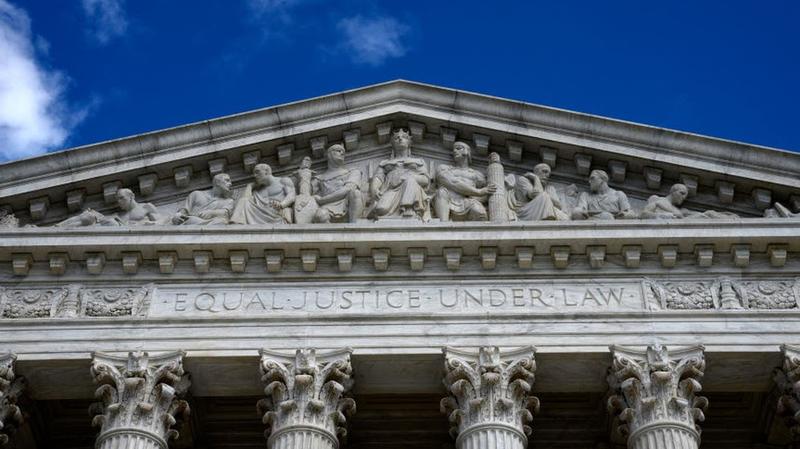
In the United States, democracy relies on maintaining a balance of power between three key branches of government: the executive branch, the legislative branch, and the judicial branch, which is where the Supreme Court of the United States (SCOTUS) resides. Deemed experienced legal experts, the Chief Justice and eight Associate Justices who sit on the court have the final say when it comes to interpreting American laws and the Constitution.
As such, the Supreme Court obviously plays a powerful role in confirming or denying legal rights and practices in the U.S., and, at times, the Court's decisions have completely altered the fabric of life in America and the course of the nation. For example, the Court ruled on landmark cases such as Brown v. Board of Education in 1954, which outlawed racial segregation in public schools, and Roe v. Wade in 1973, which legalized abortion. However, rulings are not static and may even be overturned in the future; in May 2022, a 98-page SCOTUS initial draft revealed that the Court fully intends to overturn Roe v. Wade and Planned Parenthood v. Casey. If the SCOTUS follows through on this decision, abortion rights in the United States would change on a national scale.
Of course, like any part of a branch of American government, the Supreme Court is subject to checks and balances; presidents have the power to appoint new justices when seats on the Court open up, and the Senate has the power to confirm or reject those appointments. Regardless, the justices who are selected serve for a lifetime — or until they step down — which means they wield significant power in our democracy. That's why it's crucial to know the current lineup of Supreme Court justices — and how their histories in interpreting the law might shape our country in the coming years.
John G. Roberts Jr., Chief Justice | September 29, 2005
President George W. Bush appointed John Glover Roberts Jr. to the Supreme Court in 2005, making him the Court's 17th Chief Justice. Born in Buffalo, New York, Chief Justice Roberts earned both his bachelor's and law degrees from Harvard University. In the lead up to his SCOTUS appointment, the Harvard grad held many respected legal roles, including Associate Counsel to President Ronald Reagan from 1982 to 1986; Principal Deputy Solicitor General for the U.S. Department of Justice from 1989 to 1993; and Appellate Judge on the United States Court of Appeals for the District of Columbia Circuit in 2003.
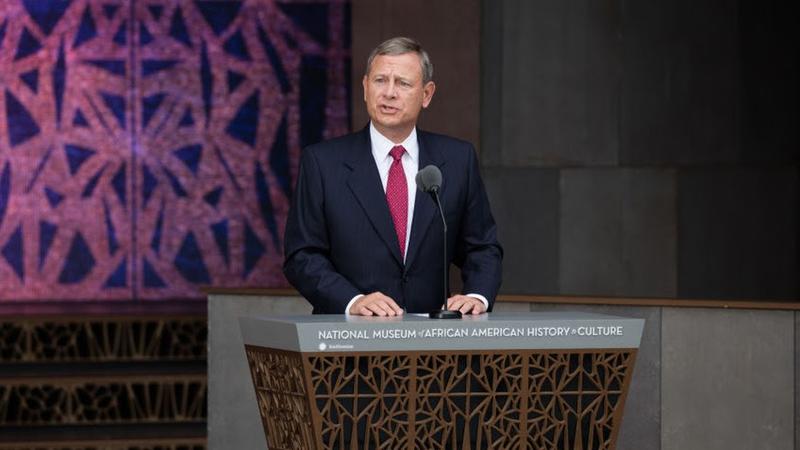
In terms of his general political philosophy, Chief Justice Roberts leans toward more conservative points of view. At the same time, he strongly believes the Court merely interprets laws that already exist and that they aren't in the business of making laws. This belief has led him to oppose the wishes of the Republican party on several landmark cases, including Obergefell v. Hodges, which made same-sex marriage a constitutional right, as well as National Federation of Independent Business v. Sebelius and King v. Burwell, which upheld the constitutionality of different aspects of the Affordable Care Act.
In 1991, President George H.W. Bush appointed Clarence Thomas to the Supreme Court as an Associate Justice. Born just outside of Savannah, Georgia, the future SCOTUS justice attended the College of the Holy Cross before earning his law degree from Yale Law School. After graduation, Thomas served as Assistant Attorney General of Missouri from 1974 to 1977; Chairman of the U.S. Equal Employment Opportunity Commission from 1982 to 1990; and Appellate Judge on the United States Court of Appeals for the District of Columbia Circuit from 1990 to 1991.
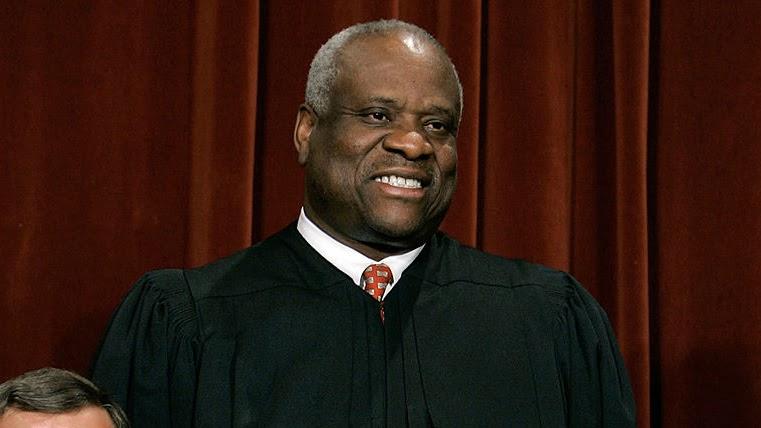
For the most part, Thomas is known as an "originalist" — that is, he looks at constitutional issues based on the original intentions of the founding fathers, regardless of how life may have changed during the interceding years. Interestingly, Thomas doesn't often participate in oral arguments and, despite previous Trump Administration appointments, the University of Michigan ranked him the most conservative justice on the Court by a large margin, as per the university's Martin-Quinn score system, a means of measuring one's ideology. Notably, Thomas authored the opinion for Kansas v. March, which upheld the constitutionality of a Kansas death penalty statute.
Stephen G. Breyer, Associate Justice | August 3, 1994
President Bill Clinton appointed Stephen Breyer to the Supreme Court as an Associate Justice in 1994. The San Francisco-born justice attended Stanford University and attained a bachelor's in philosophy, before studying at Oxford University as a Marshall Scholar and earning an LL.B. from Harvard Law School. Early in his career, Breyer gained some familiarity with SCOTUS by serving as a law clerk for Supreme Court Justice Arthur Goldberg in 1964.
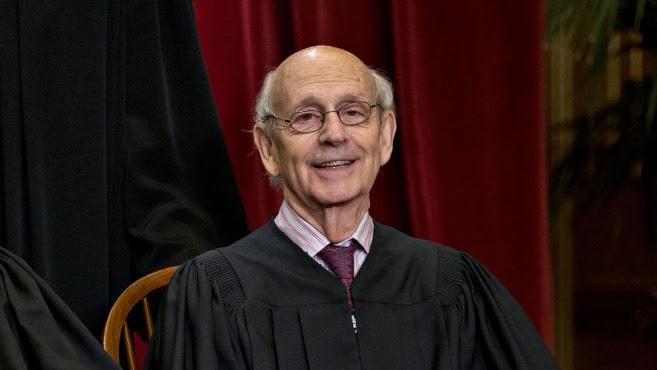
Before returning to the halls of the SCOTUS building, Breyer was also an Assistant Special Prosecutor on the Watergate Special Prosecution Force in 1973; taught at Harvard Law School from 1967 to 1994; served for a decade as an Appellate Judge for the United States Court of Appeals for the First Circuit, and was appointed Chief Judge for said court from 1990 to 1994. Generally, this pragmatic justice is known for his moderate ideology. Like any good philosophy major, Breyer considers both the real-world consequences and the original intention of the writers of the Constitution when formulating an opinion. Memorably, Breyer wrote the unanimous court opinion for NLRB v. Noel Canning, which limits the recess appointment power of the president.
On January 27, 2022, Justice Breyer announced that he would retire from the Supreme Court sometime in June or July. In his wake, Ketanji Brown Jackson will assume Breyer's position and become the sixth woman to serve in the Supreme Court.
Samuel A. Alito Jr., Associate Justice | January 31, 2006
In 2006, President George W. Bush nominated Samuel Alito Jr. as an Associate Justice on the Supreme Court. Born in Trenton, New Jersey, Alito attended Princeton University, where he participated in the ROTC program, before setting his sights on Yale Law School. Early in his career, Alito served as a law clerk for Leonard Garth of the United States Court of Appeals for the Third Circuit before becoming an Assistant U.S. Attorney for the District of New Jersey in 1977.
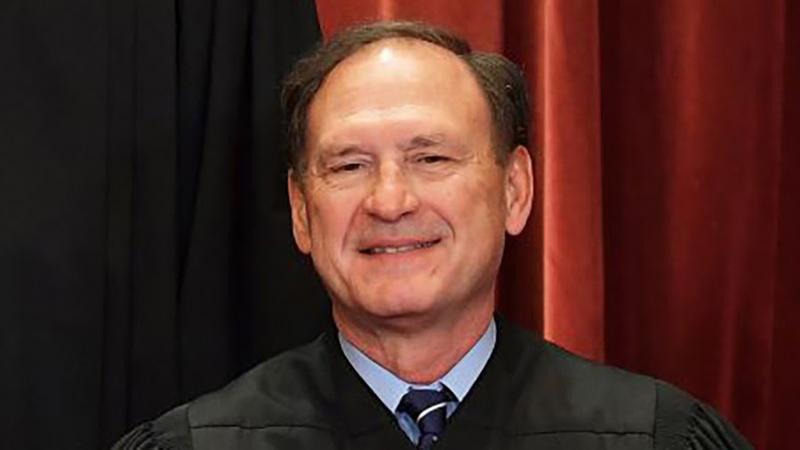
Alito rounded out his resume by working for the U.S. Department of Justice as Assistant to the Solicitor General, Deputy Assistant Attorney General and U.S. Attorney for the District of New Jersey. Before joining the Court, he was appointed Appellate Judge on the United States Court of Appeals for the Third Circuit in 1990. Although he reportedly evaluates subjects on a case-by-case basis, Alito generally leans conservative, with his 2019 Martin-Quinn score ranking him the second-most conservative justice on the Court. Alito has authored numerous notable opinions, including Mitchell v. Wisconsin, which allows blood alcohol tests on unconscious drivers without a warrant, and Husted v. Randolph Institute, which upheld Ohio's methods for maintaining voter registration records.
Justice Alito is also the author of the previously mentioned SCOTUS initial draft, specifically expressing that "Roe was egregiously wrong from the start. Its reasoning was exceptionally weak, and the decision has had damaging consequences."
Sonia Sotomayor, Associate Justice | August 8, 2009
In August 2009, President Barack Obama appointed Sonia Sotomayor to the Supreme Court as the first Hispanic Associate Justice and only the third woman to serve on the Court. Born and raised in the Bronx, she was determined to become an attorney after being inspired by an episode of Perry Mason. After earning her bachelor's from Princeton University, she attended Yale Law School for her J.D. After school, Sotomayor started her career as an Assistant District Attorney in the New York County District Attorney's Office in 1979 and then worked as an associate and partner for Pavia & Harcourt from 1984 to 1992. In 1991, President George H.W. Bush nominated her to the U.S. District Court, Southern District of New York, where she served from 1992 to 1998.
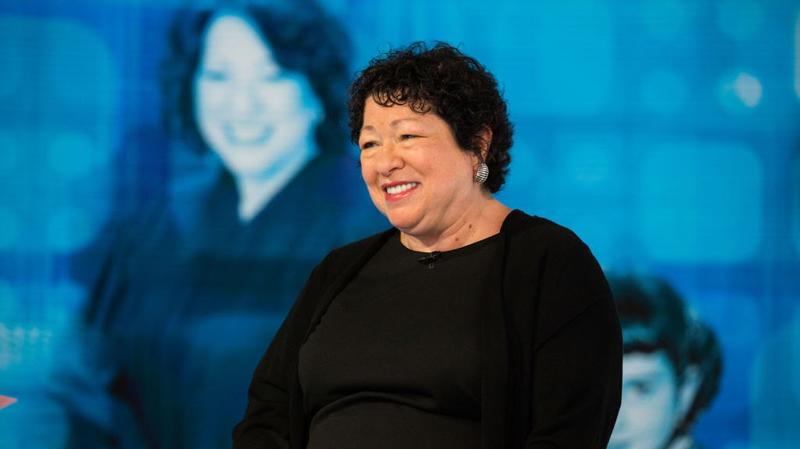
Just prior to her SCOTUS appointment, Sotomayor served as an Appellate Judge on the United States Court of Appeals for the Second Circuit from 1998 to 2009. Based on the 2019 Martin-Quinn scores, Sotomayor is the most liberal justice on the Court: She dissented from the majority on the very first case she heard on the Court — Citizens United v. Federal Election Committee — establishing her as a resolute, unwavering justice right off the bat. Since then, she has been a key member in landmark decisions like Obergefell v. Hodges.
Elena Kagan, Associate Justice | August 7, 2010
A year after Justice Sotomayor's appointment, President Barack Obama also appointed the fourth female Associate Justice to the Supreme Court. Born in New York City, Elena Kagan earned her bachelor's degree at Princeton University, studied at Oxford to attain a Master of Philosophy, and then attended Harvard Law School for her J.D. in 1986. Afterward, Kagan began her legal career as a clerk for Judge Abner Mikva of the U.S. Court of Appeals for the District of Columbia Circuit from 1986 to 1987 and for Justice Thurgood Marshall of the U.S. Supreme Court during the 1987 term.
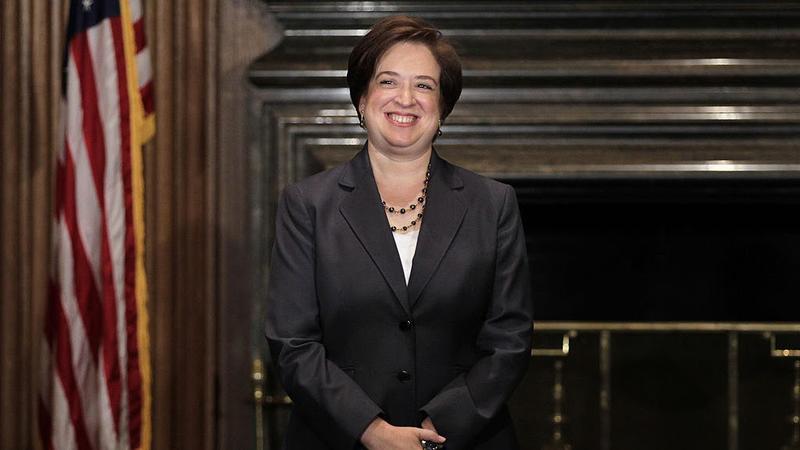
After spending some time in private practice, she taught at the University of Chicago Law School and Harvard Law School, ultimately serving as the Dean of Harvard Law School from 2003 to 2009. Before appointing her to the Court, President Obama nominated her as Solicitor General of the United States. Much like Sotomayor, Kagan tends to lean liberal. She sided with the majority in several recent landmark cases, including King v. Burwell, where she ruled in favor of supporting the Affordable Care Act, and Obergefell v. Hodges, which legalized same-sex marriage. Kagan's support of same-sex marriage is notable in that it marked a shift from the position she expressed at her confirmation hearing.
Neil M. Gorsuch, Associate Justice | April 10, 2017
The first Associate Justice appointed to the Supreme Court by President Donald Trump, Neil Gorsuch was sworn in on April 10, 2017. Born in Denver, Colorado, Gorsuch received a bachelor's degree from Columbia University before pursuing a J.D. at Harvard Law School. Afterward, his legal career began in 1991 when he took up a law clerk position under Judge David Sentelle of the United States Court of Appeals for the District of Columbia Circuit. In his first brush with SCOTUS, Gorsuch clerked for Supreme Court Justices Byron White and Anthony Kennedy from 1993 to 1995 before setting his sights elsewhere.
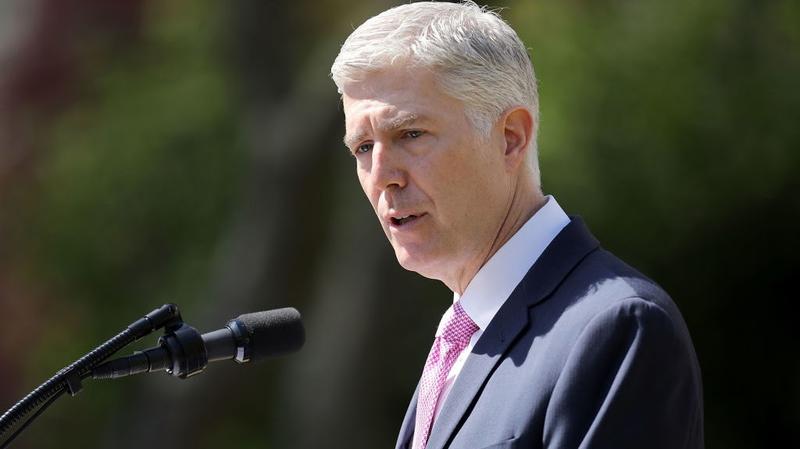
With a decade of private practice under his belt, Gorsuch served as Principal Deputy Associate Attorney General at the U.S. Department of Justice for a year from 2005 to 2006, and, at the end of that service, President George W. Bush appointed him to the United States Court of Appeals for the Tenth Circuit. Much like Thomas, Gorsuch is a Constitutional originalist, though many political writers have deemed him more libertarian than conservative, citing that he's "willing to go his own way." In his short time on the court, Gorsuch has sided with the majority on several important cases, including Hobby Lobby v. Sebelius, which involved upholding religious liberties related to the Affordable Care Act.
Brett M. Kavanaugh, Associate Justice | October 6, 2018
President Donald Trump appointed Brett Kavanaugh to the Supreme Court as an Associate Justice in 2018. With allegations of sexual misconduct cropping in the wake of his nomination, Kavanaugh's appointment hearing was one of the most contentious in the SCOTUS' history. As Americans may recall from said hearings, Kavanaugh earned both his bachelor's and J.D. from Yale before serving as a law clerk for several prominent judges, including Judge Walter Stapleton of the U.S. Court of Appeals for the Third Circuit and Justice Anthony Kennedy of the U.S. Supreme Court.
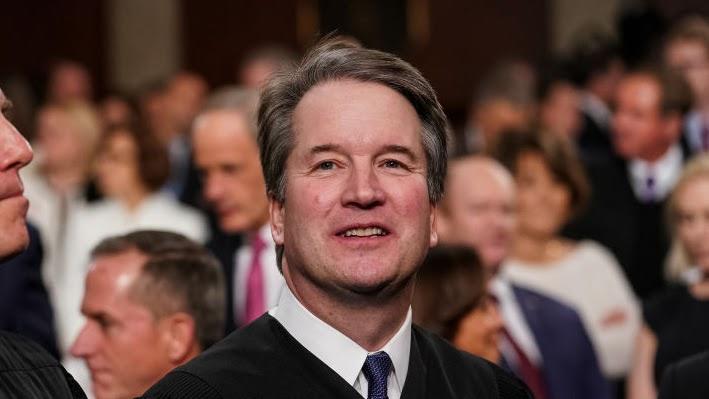
Later on, Kavanaugh spent time as a partner in a D.C. law firm and then served as Associate Counsel and Senior Associate Counsel to President George W. Bush from 2001 to 2003, which led President Bush to appoint him to the United States Court of Appeals for the District of Columbia Circuit in 2006. Although his time on the Court is relatively brief, Kavanaugh has already authored two timely opinions related to the tech industry, including Apple v. Pepper and Manhattan Community Access Corp. v. Halleck, which determined a public access company isn't subject to the First Amendment. Although many experts feared a far-right shift in the Court due to Kavanaugh's appointment, his 2019 Martin-Quinn score placed him in the conservative range by a slim margin.
Amy Coney Barrett, Associate Justice | October 27, 2020
When Justice Ruth Bader Ginsburg passed away on September 18, 2020, outgoing President Donald Trump quickly queued up a nominee for the empty Supreme Court seat, eventually landing on Amy Coney Barrett. A little over a month later, Barrett became the fifth woman to serve on the Supreme Court of the United States. Much like Kavanaugh's nomination, Barrett's drew quite a bit of controversy, though most of the criticism was leveraged against the appointment timeline rather than her qualifications.
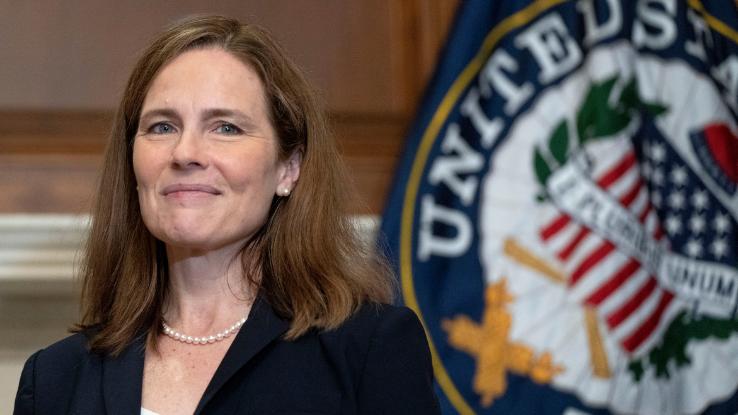
After receiving a bachelor's from Rhodes College, Barrett attended Notre Dame Law School, where she would go on to work as a law school professor for many years. Apart from her academic path, she has clerked for Judge Laurence Silberman of the U.S. Court of Appeals for the D.C. Circuit as well as former SCOTUS Justice Antonin Scalia, who likely helped inform Barrett's originalist stance. Additionally, Barrett served fewer than three years on the Seventh Circuit before her nomination to the highest court in the American judicial system. While Barrett joined her peers in dismissing President Trump's election challenge, some critics fear that her devout Catholicism might make landmark rulings, like Roe v. Wade and Obergefell v. Hodges, vulnerable to change.
Source: https://www.reference.com/world-view/get-to-know-nine-supreme-court-justices?utm_content=params%3Ao%3D740005%26ad%3DdirN%26qo%3DserpIndex&ueid=a256dcf9-c295-4d2b-9efb-93575d036e73